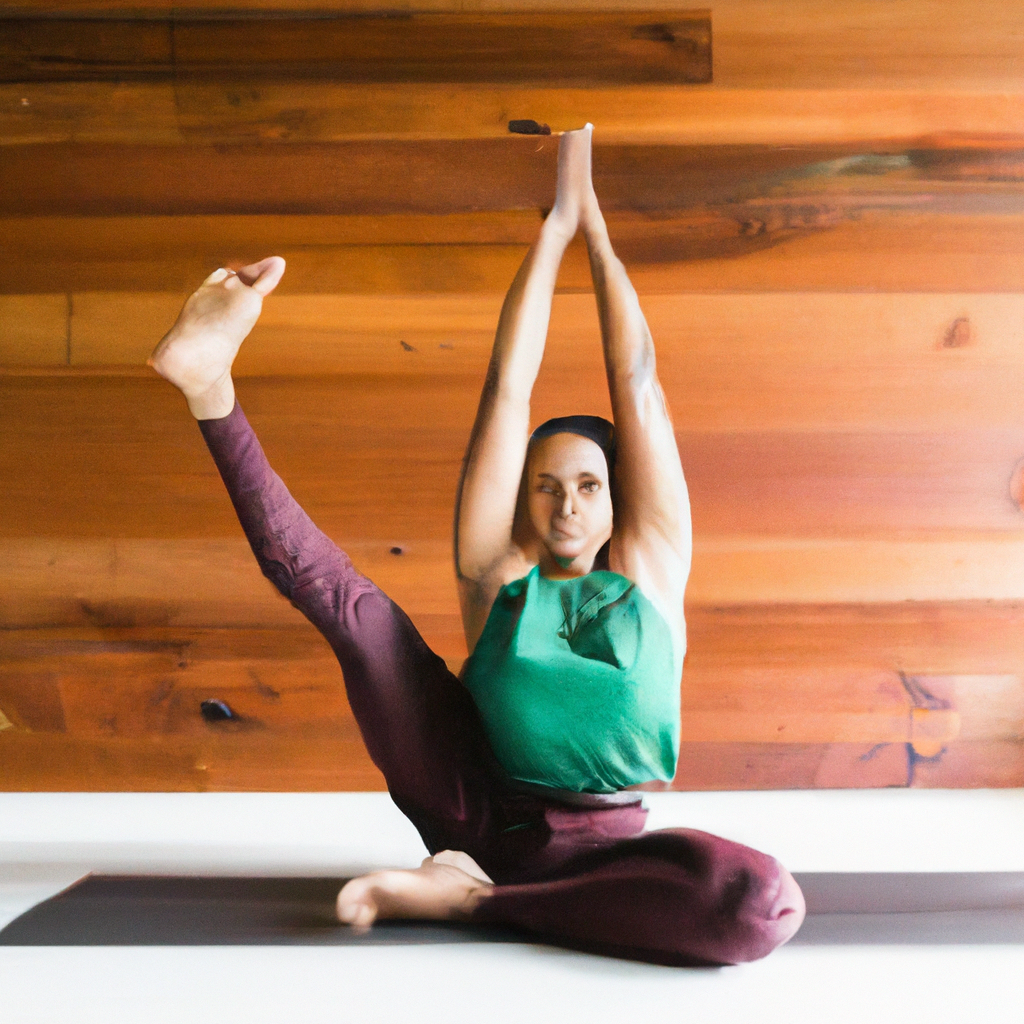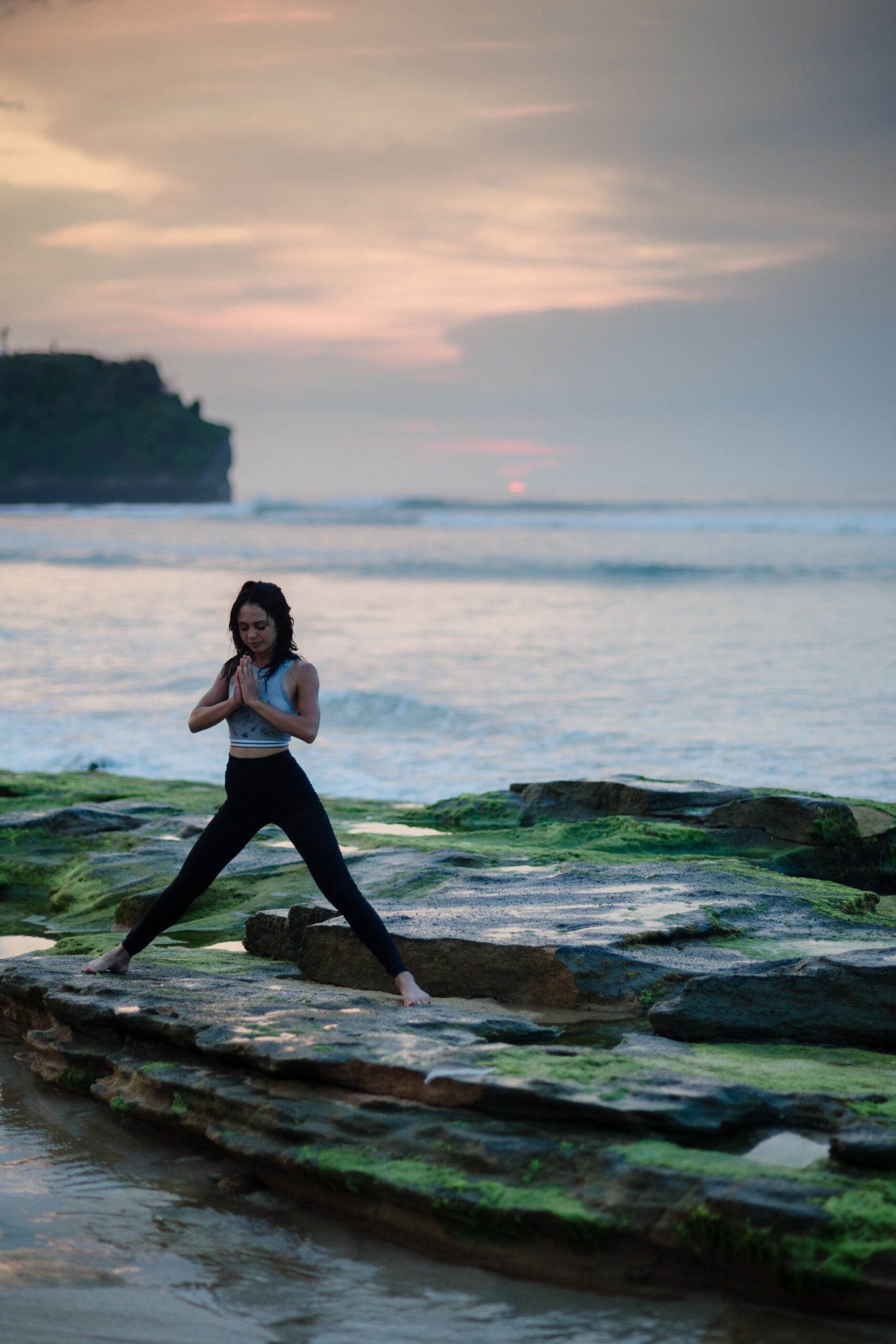Are you looking for a new way to elevate your yoga practice? Look no further than the invigorating world of Rocket Sequences in Ashtanga Yoga. Designed to unlock your true potential, these dynamic sequences offer a fresh perspective on traditional yoga poses. Whether you’re a seasoned yogi or just starting out, Rocket Sequences are sure to challenge and inspire you on your journey to physical and mental wellness. Get ready to soar to new heights with this transformative practice.
An in-depth look at Ashtanga Yoga
Origins of Ashtanga Yoga
Ashtanga Yoga, also known as “Eight Limb Yoga,” traces its roots back to the ancient Indian sage Patanjali. Patanjali compiled and documented the Yoga Sutras, an important text that outlines the philosophical and practical aspects of yoga. Ashtanga Yoga as we know it today was popularized by Sri K. Pattabhi Jois, who learned the practice from his guru, T. Krishnamacharya, in the early 20th century.
The philosophy behind Ashtanga Yoga
At the core of Ashtanga Yoga is the belief that the body, mind, and spirit are interconnected and that through dedicated practice, one can achieve harmony and balance within themselves. The philosophy emphasizes the eight limbs of yoga, which include ethical principles (yamas and niyamas), physical postures (asanas), breath control (pranayama), sense withdrawal (pratyahara), concentration (dharana), meditation (dhyana), and absorption (samadhi). These limbs serve as a guide to lead a purposeful and meaningful life.
Basic principles and practices of Ashtanga Yoga
Ashtanga Yoga follows a set sequence of postures that are practiced in a specific order. The practice begins with the Sun Salutations (Surya Namaskar) and progresses through a series of standing and seated poses, backbends, and inversions. The breath is synchronized with the movement, creating a flowing and dynamic practice. Additionally, drishti (gaze) and bandhas (energy locks) are incorporated to enhance focus and cultivate internal awareness. Ashtanga Yoga requires dedication and discipline, as practitioners are encouraged to practice six days a week, taking rest on Saturdays and moon days.
Introduction to Rocket Yoga
The inception and evolution of Rocket Yoga
Rocket Yoga, developed by Larry Schultz, is an offshoot of Ashtanga Yoga. Inspired by the music and free-spiritedness of the 1960s and 70s, Schultz created Rocket Yoga to make the practice more accessible and enjoyable. The name “Rocket” was chosen to reflect the idea of taking off and evolving beyond the traditional Ashtanga sequence.
Understanding the dynamics of Rocket Yoga
Rocket Yoga preserves the key elements of Ashtanga, such as the breath synchronization and vinyasa flow. However, it offers more flexibility and variations in the sequencing and postures. Rocket Yoga is known for its fun and energetic approach, incorporating arm balances, inversions, and challenging poses. It allows practitioners to explore and experiment within the framework of the Ashtanga practice.
Principle poses and sequences in Rocket Yoga
Rocket Yoga includes modified versions of the traditional Ashtanga series, creatively combining postures from different series to create a more balanced and dynamic practice. Some key poses often found in Rocket sequences include handstands, forearm stands, backbends, and deep hip openers. The sequences typically flow from one posture to another, giving practitioners the opportunity to build strength, flexibility, and endurance.
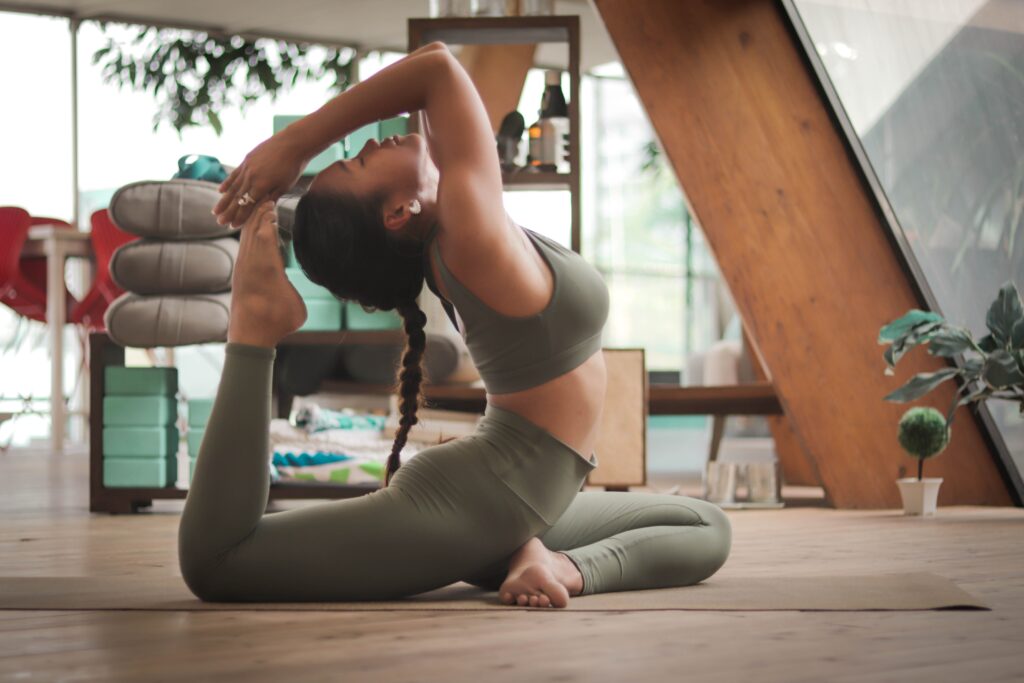
Key benefits of Ashtanga Yoga
Physical benefits of Ashtanga Yoga
Ashtanga Yoga offers numerous physical benefits. The dynamic nature of the practice provides a cardiovascular workout, helping to improve stamina and strength. Regular practice can increase flexibility, tone muscles, and improve overall body awareness. Ashtanga also helps in improving posture and alignment, reducing the risk of injuries. The consistent practice of challenging poses in the Ashtanga sequence can enhance balance, coordination, and proprioception.
Mental health advantages from Ashtanga Yoga
In addition to its physical benefits, Ashtanga Yoga has a positive impact on mental health. The rhythmic breathing combined with the physical movement helps calm the mind and relieve stress and anxiety. The focus required during the practice helps develop mindfulness, improving concentration and the ability to stay present. Ashtanga Yoga can also promote better sleep, increase mental clarity, and provide a sense of overall well-being.
Spiritual elevation through Ashtanga Yoga
Ashtanga Yoga is not just a physical practice but a spiritual journey as well. The combination of breath, movement, and concentration enables practitioners to access deeper states of meditation and self-exploration. Ashtanga emphasizes self-discipline, self-observation, and surrendering to the present moment. With consistent practice, one may experience a greater connection to their inner self, a heightened sense of consciousness, and a deeper understanding of their place in the universe.
Understanding the benefits of Rocket sequences
How Rocket sequences enhance yoga practice
Rocket sequences offer several unique benefits to practitioners. By introducing variations and modifications to the Ashtanga series, Rocket Yoga keeps the practice fresh and exciting. It encourages creativity and self-expression, allowing practitioners to listen to their bodies and make adjustments accordingly. Rocket sequences also target different muscle groups and challenge practitioners to step out of their comfort zones, promoting growth and progress in their practice.
Physical and mental health benefits of Rocket sequences
Rocket sequences provide a full-body workout, engaging both large and small muscle groups. The incorporation of arm balances and inversions builds upper body and core strength, while deep hip openers improve lower body flexibility. The dynamic nature of Rocket Yoga enhances cardiovascular endurance and improves overall muscle tone. Moreover, the invigorating nature of the practice promotes mental clarity, reduces stress, and boosts mood and energy levels.
Spiritual benefits of incorporating Rocket sequences
Like Ashtanga, Rocket Yoga is a spiritual practice that allows practitioners to deepen their connection with themselves. The challenging nature of the Rocket sequences encourages practitioners to cultivate a sense of surrender, resilience, and trust in their bodies. The practice becomes a moving meditation, inviting practitioners to let go of expectations and embrace the present moment. By exploring new postures and variations, practitioners can expand their spiritual horizons and experience a deeper sense of self-exploration.
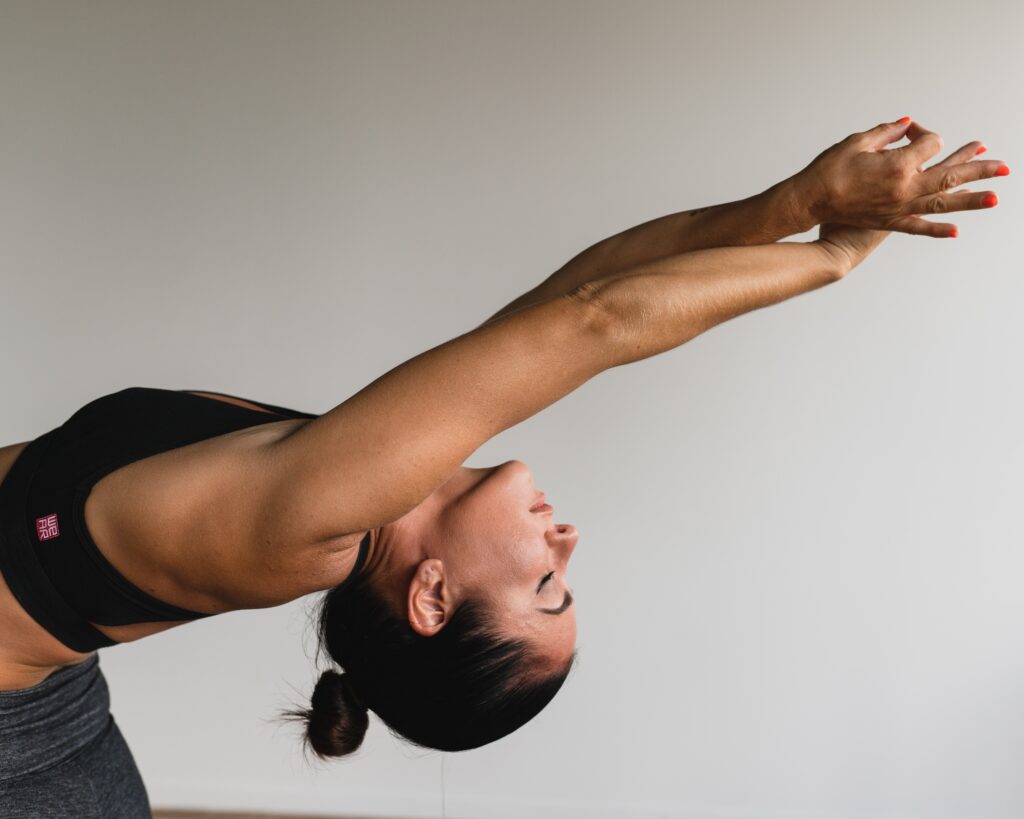
Harnessing the power of the breath in Ashtanga and Rocket yoga
Role of breath in yoga
The breath is considered the link between the body and mind in yoga. In both Ashtanga and Rocket Yoga, the breath is an integral part of the practice. It serves as a focus point, a rhythm to guide movement, and a tool to harness energy. The breath connects practitioners to their inner being and helps create a meditative state of mind.
Breathing techniques in Ashtanga Yoga
Ashtanga Yoga utilizes specific breathing techniques called Ujjayi pranayama. Ujjayi breath involves constricting the back of the throat while inhaling and exhaling through the nose, creating a gentle “oceanic” sound. This technique helps to regulate the breath and generate internal heat, facilitating the flow of energy throughout the body. The Ujjayi breath in Ashtanga Yoga enhances concentration, calms the nervous system, and cultivates a sense of internal awareness.
How breath is utilized in Rocket Yoga sequences
Similar to Ashtanga, Rocket sequences incorporate the Ujjayi breath technique. The rhythmic breath is synced with the movement, helping to create a seamless flow and build internal heat. The breath acts as an anchor for practitioners, allowing them to stay focused and fully present in their practice. By linking breath and movement, Rocket Yoga sequences become a moving meditation, fostering a sense of peace and tranquility.
Differences between Ashtanga Yoga and Rocket Yoga
Comparing the structure and routines
Ashtanga Yoga follows a fixed series of postures in a predetermined order, whereas Rocket Yoga offers more flexibility in sequencing and pose variations. Ashtanga has a set of six series, each building upon the previous one, while Rocket Yoga combines postures from different series to create a balanced practice. Ashtanga is traditionally practiced six days a week, while Rocket Yoga allows for more personalization and adaptation based on individual needs and preferences.
Differences in philosophy and approach
While both Ashtanga and Rocket Yoga share philosophical roots, Rocket Yoga has a more rebellious and playful spirit. Ashtanga adheres closely to the traditional teachings of Patanjali’s Yoga Sutras, emphasizing self-discipline and the eight limbs of yoga. Rocket Yoga, on the other hand, encourages freedom of expression, creativity, and an intuitive approach to the practice.
Results: A comparison of outcomes from both yoga styles
Both Ashtanga and Rocket Yoga offer a multitude of physical, mental, and spiritual benefits. Ashtanga’s consistent practice can lead to strength, flexibility, and improved body awareness, while Rocket sequences provide variety, allowing practitioners to explore different postures and challenge themselves. In terms of mental health, both styles promote stress reduction, increased mindfulness, and a sense of overall well-being. Ultimately, the choice between Ashtanga and Rocket Yoga depends on individual preferences and goals.
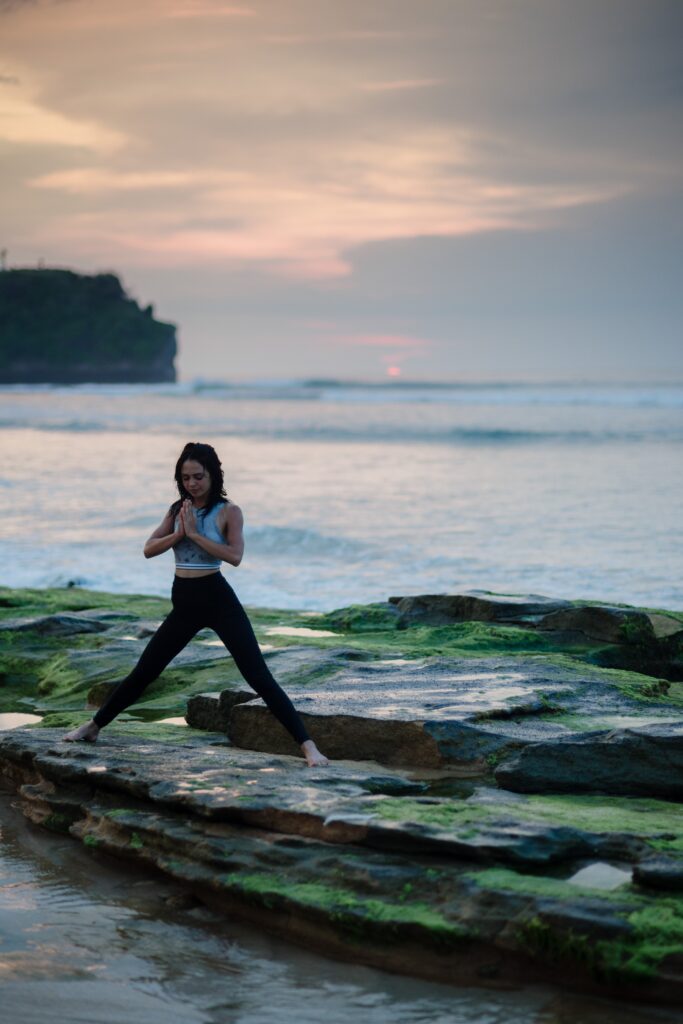
How to transition from Ashtanga to Rocket sequences
Preparation: Physical and mental readiness
Before transitioning from Ashtanga to Rocket sequences, it is essential to ensure that you have a solid foundation in the Ashtanga practice. Build strength, stamina, and flexibility to prepare for the added challenges of Rocket Yoga. Mental readiness is equally important, as Rocket sequences may require a shift in mindset, embracing new postures and variations.
Process: Step-by-step transition guide
To transition from Ashtanga to Rocket Yoga, start by attending Rocket Yoga classes or workshops to familiarize yourself with the sequences and modifications. Gradually incorporate Rocket sequences into your regular practice, swapping out a portion of your Ashtanga sequence with Rocket poses. Listen to your body and make modifications as needed. Over time, you can increase the number of Rocket poses until you are comfortable practicing a full Rocket sequence.
Post-transition: Managing changes and expectations
As you transition to Rocket sequences, it’s important to manage your expectations and be open to the new challenges ahead. Keep in mind that Rocket Yoga offers more freedom and room for experimentation, so embrace the opportunity to explore your practice in new ways. Be patient with yourself as you adapt to the changes and recognize that progress may come at a different pace than in your Ashtanga practice.
Common challenges and how to overcome them
Identifying potential hurdles in Rocket sequences
Transitioning to Rocket sequences may present some challenges, such as increased physical demands and the need for a mindset shift. Rocket Yoga introduces new postures and variations that may require greater strength, balance, or flexibility. It can also be mentally challenging to let go of the familiar structure of the Ashtanga practice and embrace the more exploratory nature of Rocket sequences.
Tips and tricks to navigate through the challenges
To navigate through the challenges of Rocket sequences, it’s important to stay committed to your practice and have patience with yourself. Build strength gradually, listening to your body and making modifications as needed. Seek guidance from experienced teachers who can offer modifications and adjustments tailored to your needs. Embrace the opportunity to explore and experiment with new postures and variations, and remember that progress in your practice is a personal journey.
Leveraging Ashtanga principles to excel at Rocket Yoga
While Rocket Yoga encourages freedom and creativity, the principles and foundations of Ashtanga can greatly support your progress. Elements such as breath control, bandhas, and drishti are equally applicable in Rocket sequences. Use the discipline and focus cultivated through Ashtanga to deepen your practice and enhance your experience of Rocket Yoga. By incorporating Ashtanga principles, you can maintain integrity and mindfulness as you explore the dynamic nature of Rocket sequences.
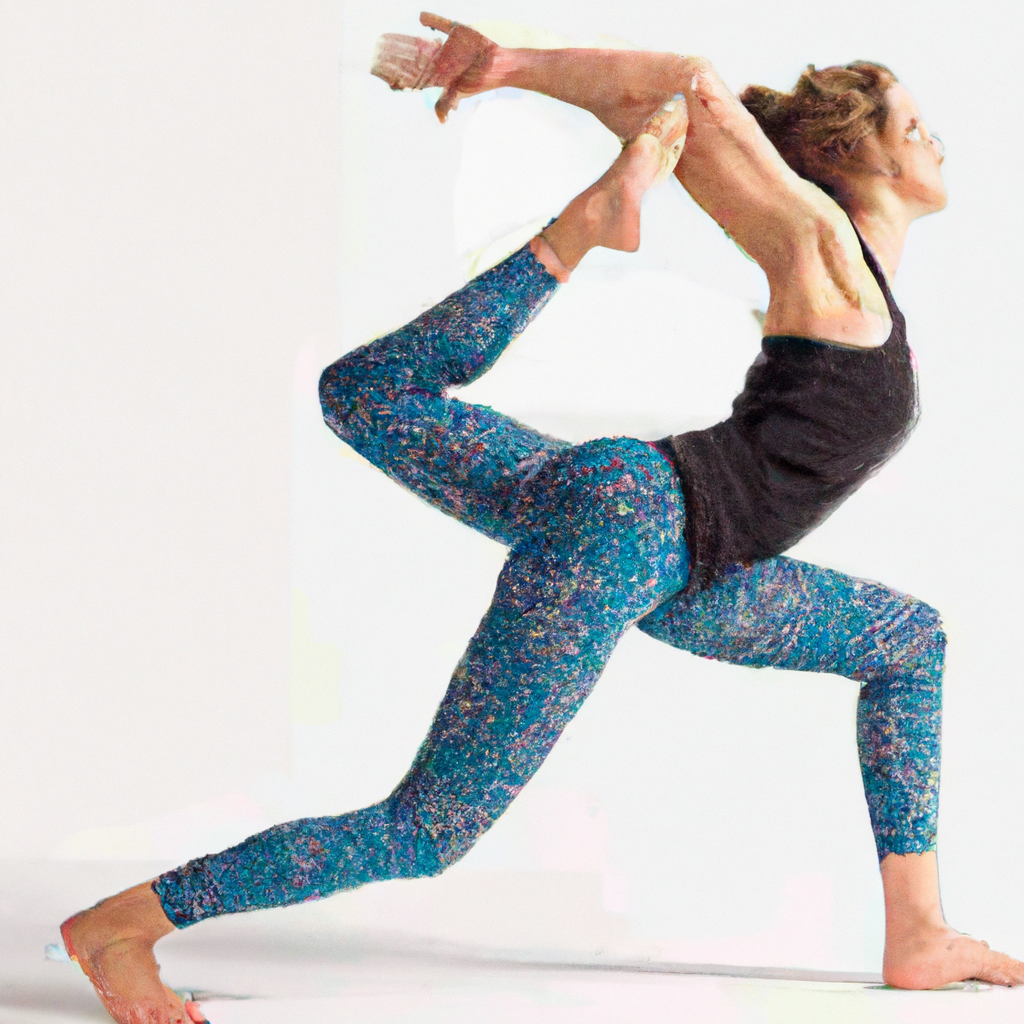
Incorporating Ashtanga principles into Rocket sequences
Blend: Merging Ashtanga and Rocket Yoga
By blending Ashtanga and Rocket Yoga, practitioners can create a unique and personalized practice. Draw on the structure and discipline of Ashtanga while embracing the creativity and freedom of Rocket sequences. Incorporate Ashtanga principles such as breath synchronization, bandha engagement, and drishti to maintain focus and cultivate presence while exploring the variations and modifications of Rocket sequences.
The synergy between Ashtanga principles and Rocket sequences
Ashtanga principles and Rocket sequences complement each other in numerous ways. The emphasis on breath control in Ashtanga helps to maintain stability and ease throughout the dynamic Rocket movements. The bandha engagement strengthens core stability, allowing practitioners to explore challenging postures and inversions. The drishti guidance fosters concentration, enhancing the connection between mind, body, and breath. By integrating these principles, practitioners can deepen their practice and benefit from the synergy between Ashtanga and Rocket Yoga.
Benefits of integrating Ashtanga with Rocket Yoga
Integrating Ashtanga principles with Rocket sequences offers a well-rounded and holistic practice. It combines the structure and discipline of Ashtanga with the creativity and variety of Rocket Yoga, resulting in a practice that honors tradition while allowing for personal expression. By integrating these two styles, practitioners can experience the physical, mental, and spiritual benefits of both, promoting growth, balance, and self-discovery on their yoga journey.
Tips for a successful Ashtanga and Rocket yoga practice
Daily practice routines and their benefits
Establishing a regular daily practice is key to experiencing the full benefits of Ashtanga and Rocket yoga. Dedicate a specific time and space for your practice, creating a sacred space where you can fully immerse yourself. Consistency is crucial, as it allows you to build strength, flexibility, and focus over time. Aim for a balanced practice that incorporates both Ashtanga and Rocket sequences, giving you the opportunity to cultivate discipline, creativity, and growth.
Maintaining balance in your yoga practice
Balance is important in yoga, both physically and mentally. While Ashtanga emphasizes structure and discipline, Rocket Yoga encourages flexibility and experimentation. Strive for a balanced blend of both styles in your practice, honoring the foundations of Ashtanga while embracing the creativity and freedom of Rocket sequences. Listen to your body’s needs and make modifications when necessary. Remember that the essence of yoga lies in finding harmony within yourself.
Staying motivated and committed in the long run
Maintaining motivation and commitment in your Ashtanga and Rocket yoga practice can be challenging, but it is essential for long-term growth. Set realistic goals and celebrate your progress along the way. Find inspiration by attending workshops, connecting with like-minded practitioners, and exploring new postures and sequences. Stay open to evolution and change, knowing that your practice will naturally evolve as you do. By cultivating dedication and self-discipline, you can create a sustainable yoga practice that brings joy, vitality, and transformation into your life.
In conclusion, Ashtanga Yoga and Rocket Yoga offer unique paths to explore the physical, mental, and spiritual dimensions of yoga. While Ashtanga adheres to a structured sequence, Rocket sequences infuse creativity and modernity into the practice. By understanding the origins, philosophy, principles, and benefits of both styles, practitioners can make informed choices based on their individual preferences and goals. With dedication, patience, and a willingness to embrace growth, Ashtanga and Rocket yoga can unlock the full potential of your yoga journey, leading to a deeper connection with yourself and the world around you.
